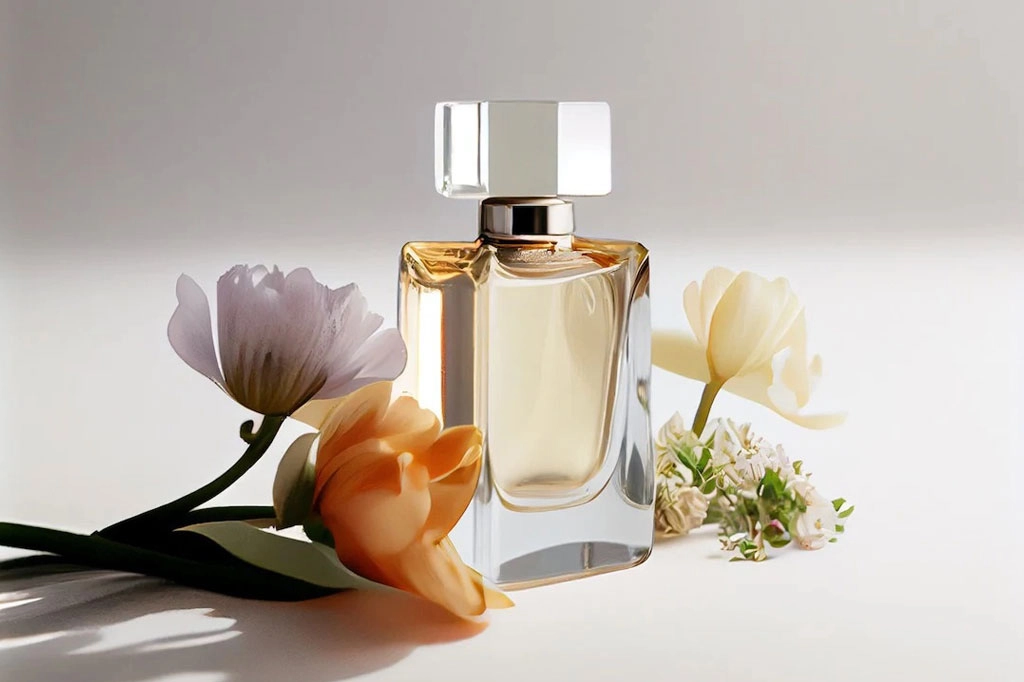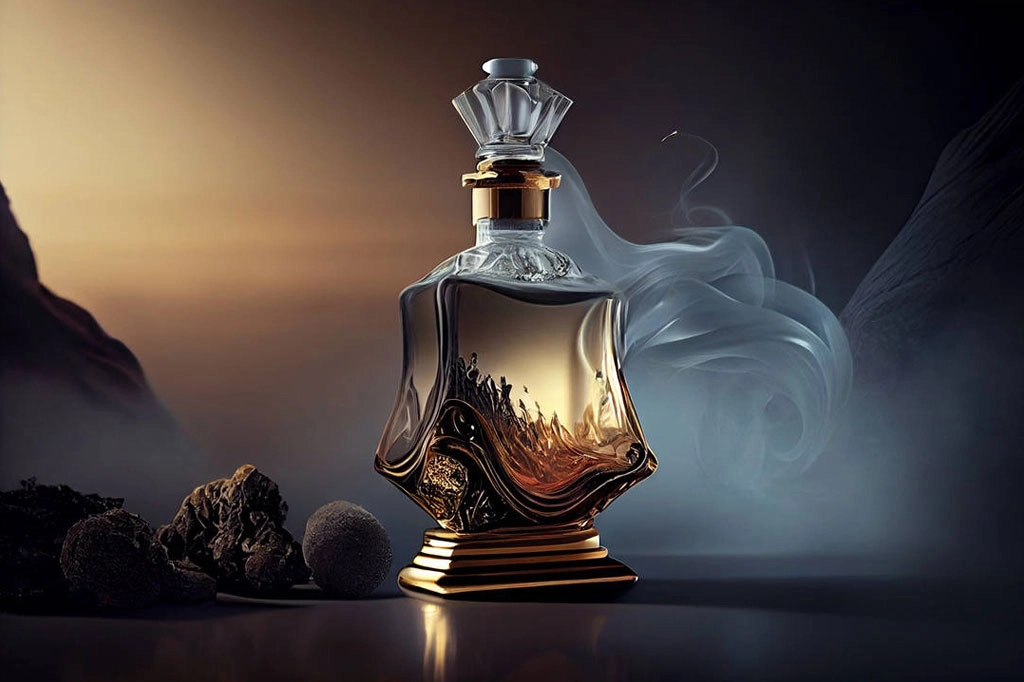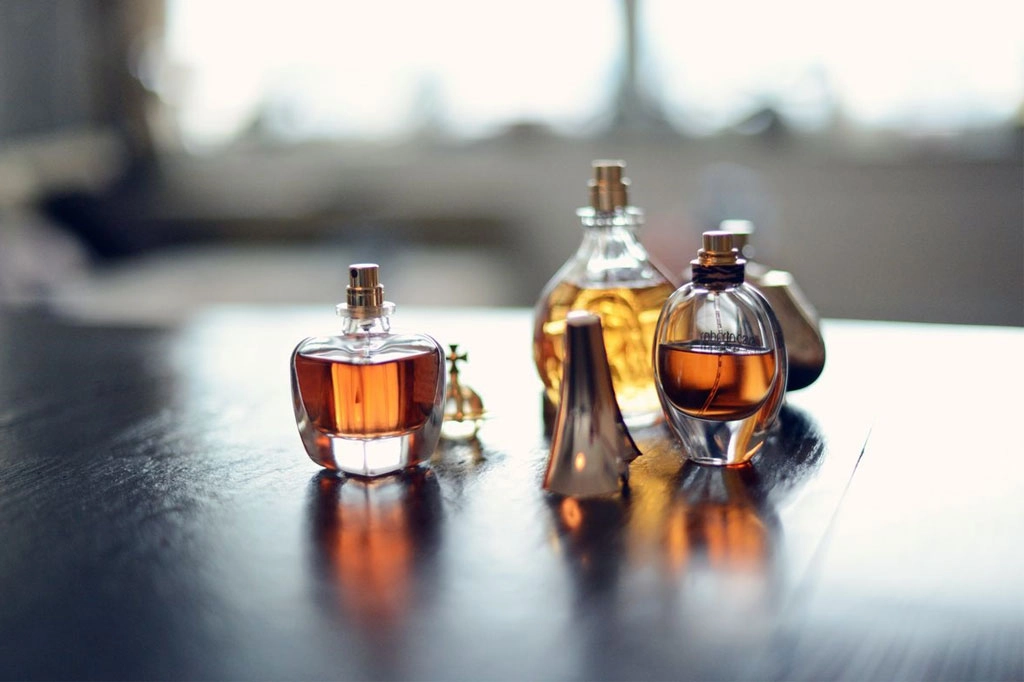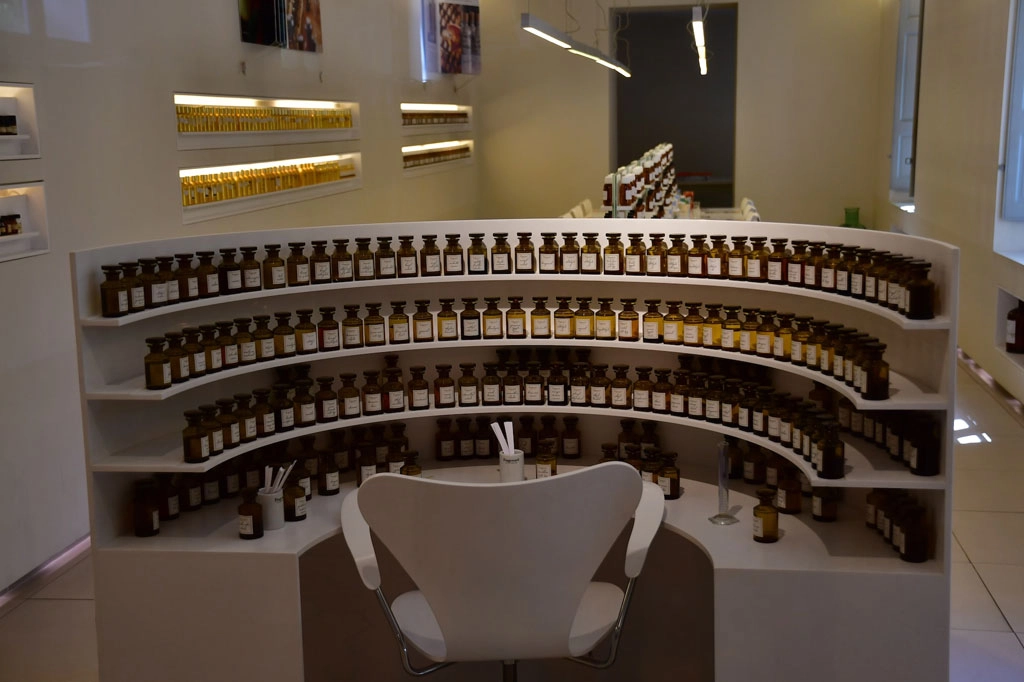The realm of perfumery engages in a subtle interplay of fragrances and aesthetics, where meticulous attention to every aspect is imperative. One frequently underestimated factor is the choice of material for the custom perfume bottle. Glass, crystal, plastic, metal, and ceramic contribute distinctive qualities, impacting not only the scent’s longevity but also the overall allure of the product.
In this investigation, we examine the advantages and disadvantages of these materials to identify the optimal choice for perfume bottles.
Perfume Bottles Materials Comparison
Property | Glass | Crystal | Plastic | Metal | Ceramic |
Appearance | Transparent, elegant | Clear, luxurious | Varied, lightweight | Durable, modern | Diverse, artistic |
Durability | Fragile, can break | Brittle, may chip | Lightweight, may scratch | Durable, resistant | Fragile, may chip |
Weight | Moderate | Heavy | Lightweight | Moderate to heavy | Moderate |
Cost | Moderate to high | High | Low to moderate | Moderate to high | High |
Customization | Limited designs | Intricate designs | Versatile, various shapes | Limited designs | Artistic possibilities |
Recyclability | Recyclable | Recyclable | Recyclable | Recyclable | Recyclable |
Sustainability | Moderate | Moderate | Varied, depends on type | Highly recyclable | Moderate |
Airtightness | Airtight | Airtight | May vary | Airtight | Airtight |
Chemical Resistance | Resistant to chemicals | Sensitive to chemicals | Resistant to some, not all | Resistant | Resistant |
Heat Resistance | Resistant | Resistant | Limited resistance | Varies | Resistant |
Glass: The Timeless Classic
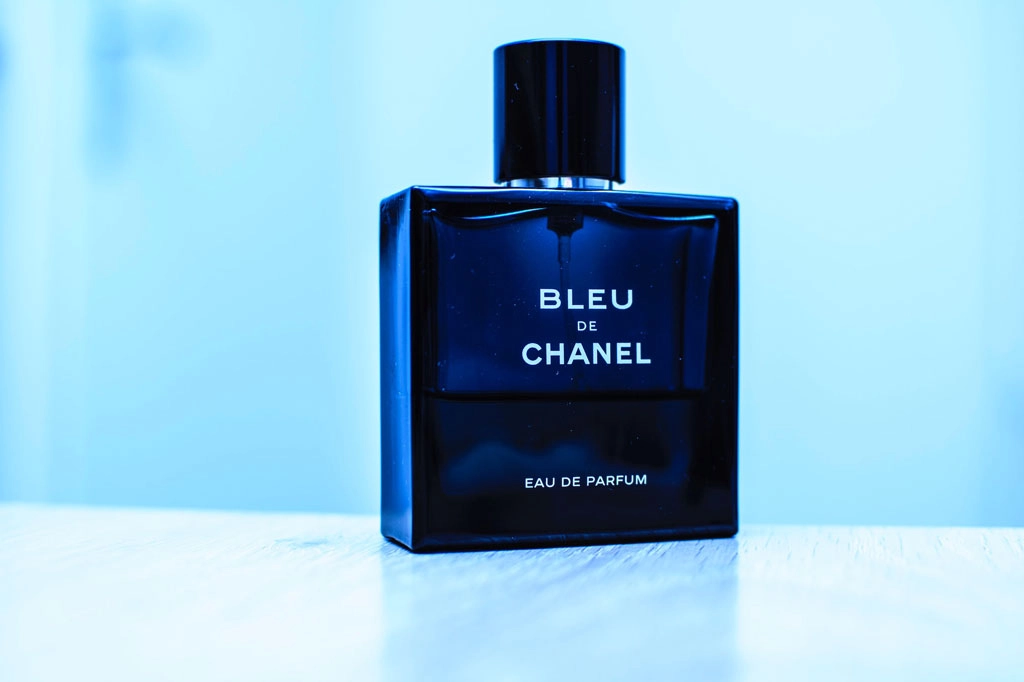
Glass has been the go-to material for perfume bottles for centuries, and its popularity endures for good reason. The see-through nature of glass enables consumers to admire the fragrance’s color and clarity, offering a clear perspective of the liquid contents without any obstruction. Glass is also impermeable, ensuring that the perfume’s composition remains intact without any risk of contamination or chemical reactions.
Furthermore, glass is highly recyclable, aligning with the growing demand for sustainable packaging. Many perfume connoisseurs appreciate the weight and feel of glass bottles, associating them with a sense of luxury and sophistication. However, the fragility of glass remains its primary drawback, making it susceptible to breakage and posing challenges for travel.
Crystal: Exquisite Elegance
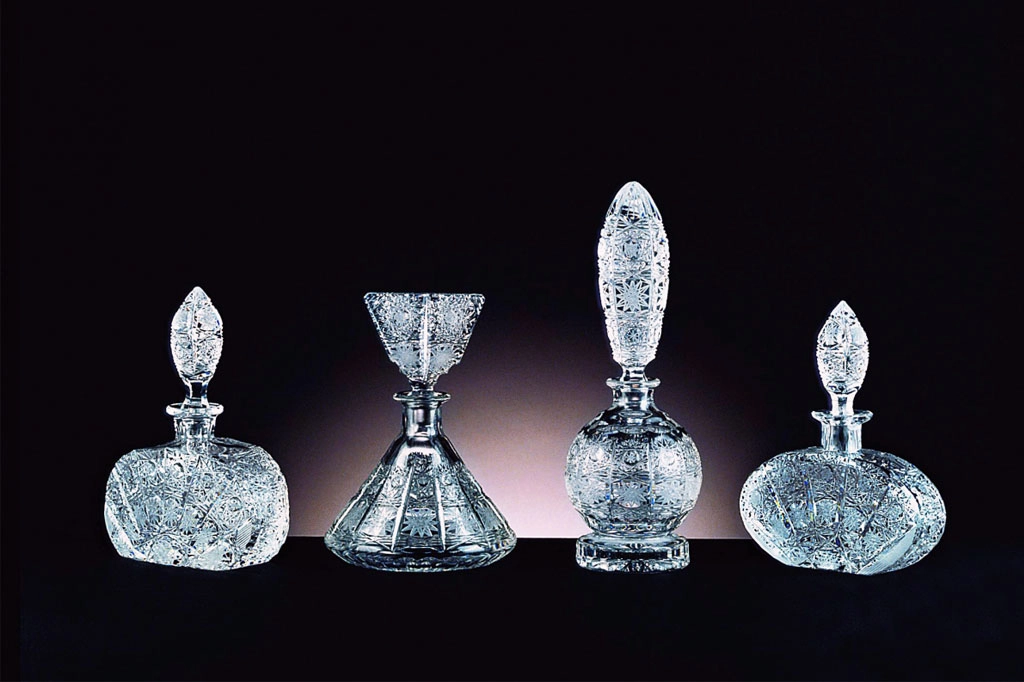
For those seeking the pinnacle of luxury and elegance, crystal perfume bottles are an exquisite choice. Crystal’s inherent brilliance adds a touch of glamour to any fragrance, creating a visually stunning product. The weight and feel of crystal bottles convey opulence, enhancing the overall sensory experience for consumers.
Crystal also shares some of the same benefits as glass, such as impermeability and the ability to showcase the fragrance’s color. However, the extravagant cost associated with crystal production places it out of reach for many mass-market perfumes. Additionally, the fragility of crystal is even more pronounced than that of glass, demanding careful handling.
Plastic: Practicality and Affordability
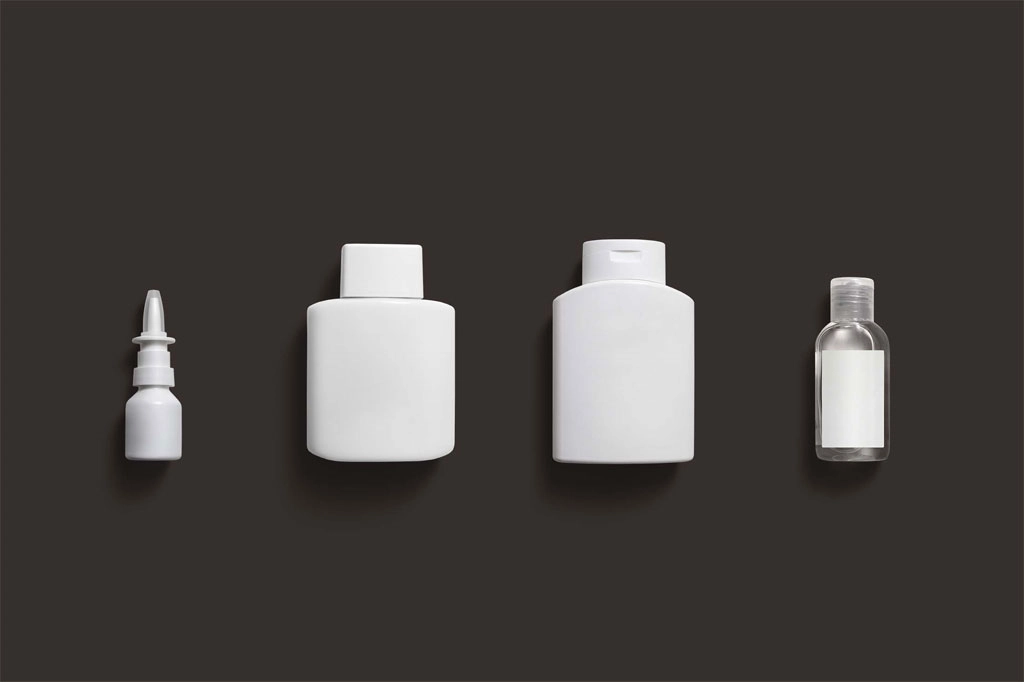
In contrast to the luxury of glass and crystal, plastic offers a more practical and affordable solution for perfume packaging. Plastic bottles are lightweight, making them ideal for travel, and their durability minimizes the risk of breakage. The flexibility of plastic allows for innovative bottle shapes and designs, appealing to a broader consumer base.
However, plastic does have its downsides. It is more permeable than glass or crystal, potentially allowing air and moisture to affect the fragrance over time. Some consumers also associate plastic with lower quality, which may impact the perceived value of the perfume. The industry is increasingly exploring more sustainable alternatives due to the environmental repercussions of plastic waste.
Metal: Modern and Minimalistic
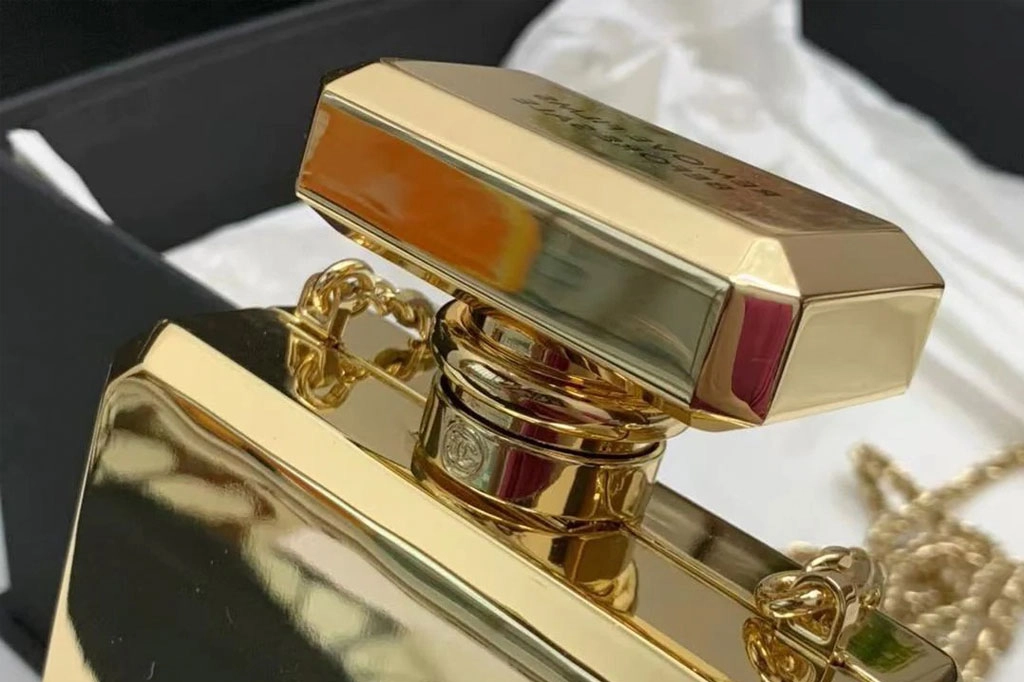
Metal perfume bottles, often made from aluminum or stainless steel, offer a modern and minimalistic aesthetic. The sleek and contemporary look appeals to a younger demographic seeking a departure from traditional designs. For individuals on the move, metal stands out as a practical choice because of its high durability and resistance to breakage.
Metal also provides an effective barrier against light and air, preserving the fragrance for longer periods. However, like plastic, metal is not entirely impermeable, and some metals may react with certain perfume compositions, altering the scent. The weight of metal bottles is lighter than glass or crystal, but it may not convey the same sense of luxury.
Ceramic: Artistic Expression
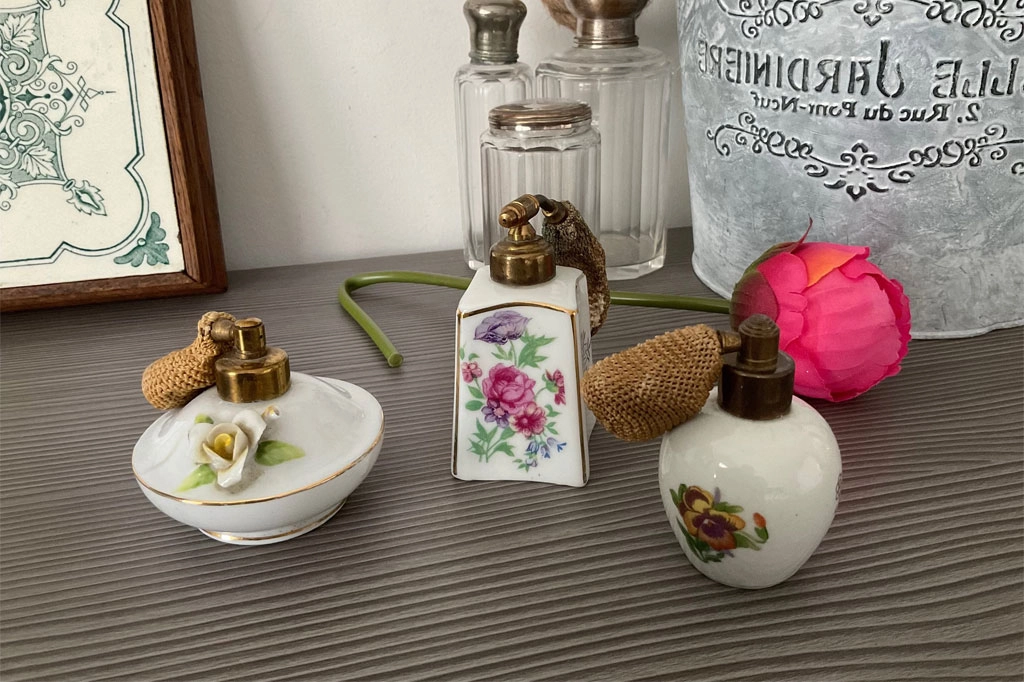
Ceramic perfume bottles are a niche choice, celebrated for their artistic expression and unique designs. Crafted with precision and often hand-painted, ceramic bottles add a touch of individuality to the perfume industry. The material’s porous nature allows for a gradual diffusion of the fragrance, creating a subtle and long-lasting scent experience.
While ceramic bottles may not be as transparent as glass or crystal, their decorative appeal and diverse shapes make them collectors’ items for many enthusiasts. However, the fragility of ceramics and the intricacy of their production can make them expensive and challenging to mass-produce.
Conclusion
Choosing the optimal material for fragrance bottles necessitates a meticulous equilibrium of visual appeal, practicality, and cost considerations. Glass remains the timeless classic, combining transparency with impermeability, while crystal elevates the experience to one of opulence and luxury. Plastic offers practicality and affordability, catering to a wide audience, while metal presents a modern and minimalistic alternative. Ceramic, though less common, adds a touch of artistic flair to the world of perfume packaging.

